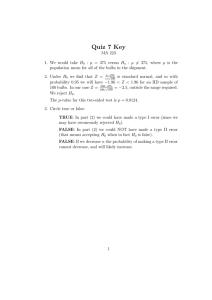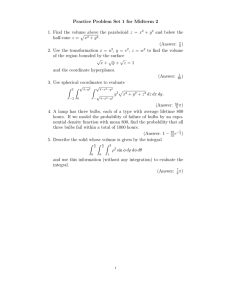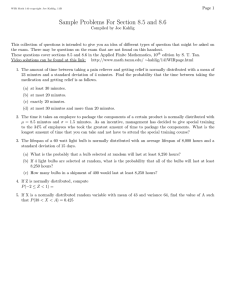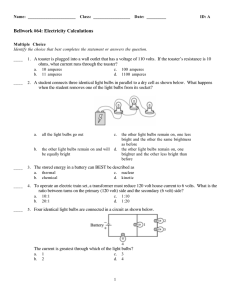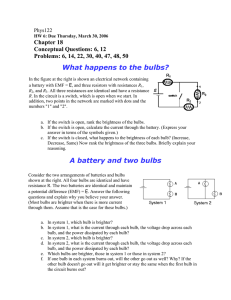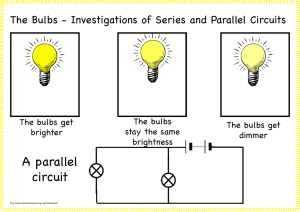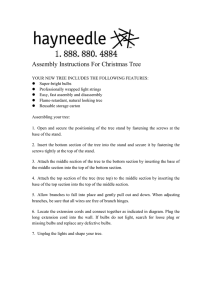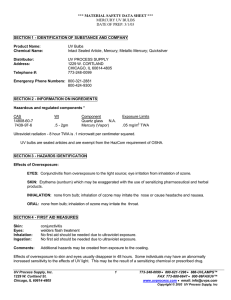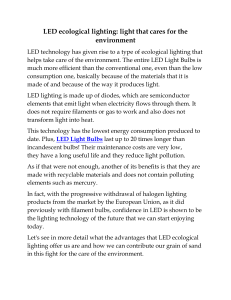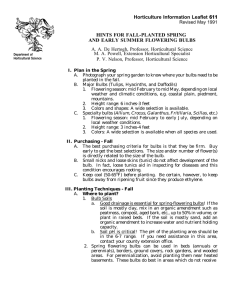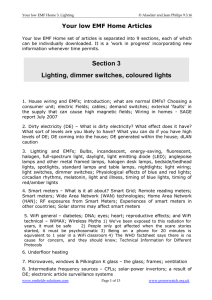31.43. Visualize: Please refer to Figure P31.43. Solve: Bulbs D and
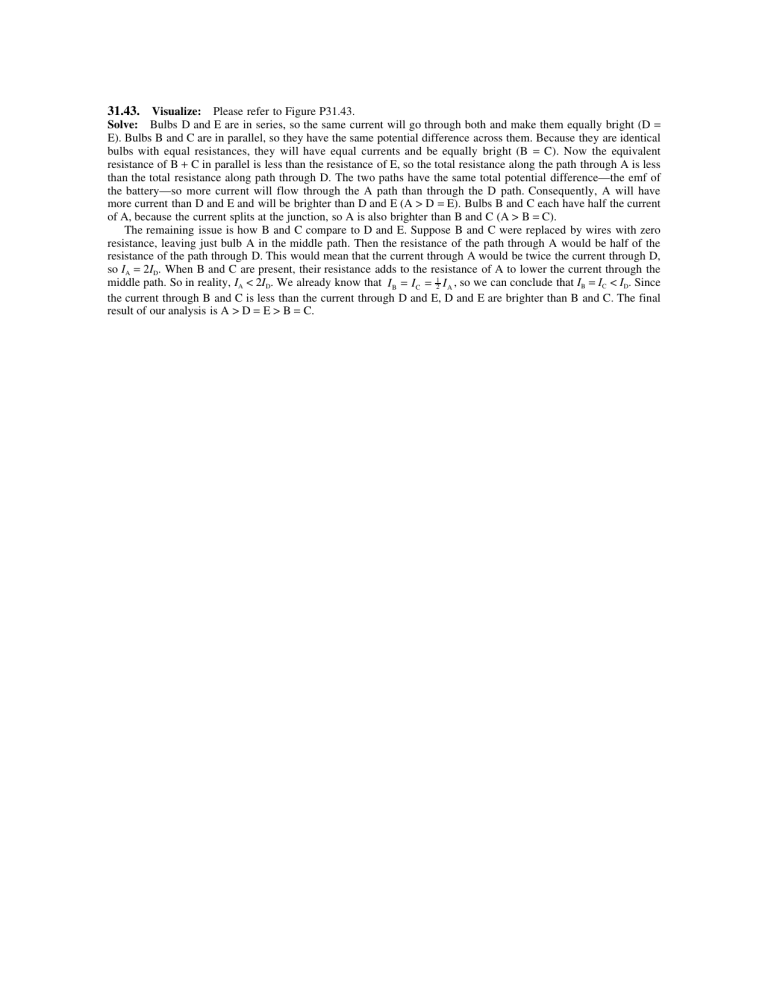
31.43.
Visualize: Please to
Solve: Bulbs D and E are in series, so the same current will go through both and make them equally bright (D
=
E). Bulbs B and C are in parallel, so they have the same potential difference across them. Because they are identical bulbs with equal resistances, they will have equal currents and be equally bright (B
=
C). Now the equivalent resistance of B + C in parallel is less than the resistance of E, so the total resistance along the path through A is less than the total resistance along path through D. The two paths have the same total potential difference—the emf of the battery—so more current will flow through the A path than through the D path. Consequently, A will have more current than D and E and will be brighter than D and E (A > D = E). Bulbs B and C each have half the current of A, because the current splits at the junction, so A is also brighter than B and C (A > B = C).
The remaining issue is how B and C compare to D and E. Suppose B and C were replaced by wires with zero resistance, leaving just bulb A in the middle path. Then the resistance of the path through A would be half of the resistance of the path through D. This would mean that the current through A would be twice the current through D, so I
A
=
2 I
D
. When B and C are present, their resistance adds to the resistance of A to lower the current through the middle path. So in reality, I
A
< 2 I
D
. We already know that I
B
=
I
C
=
1
2
I
A
, so we can conclude that I
B
=
I
C
< I
D
. Since the current through B and C is less than the current through D and E, D and E are brighter than B and C. The final result of our analysis is A > D
=
E > B
=
C.
